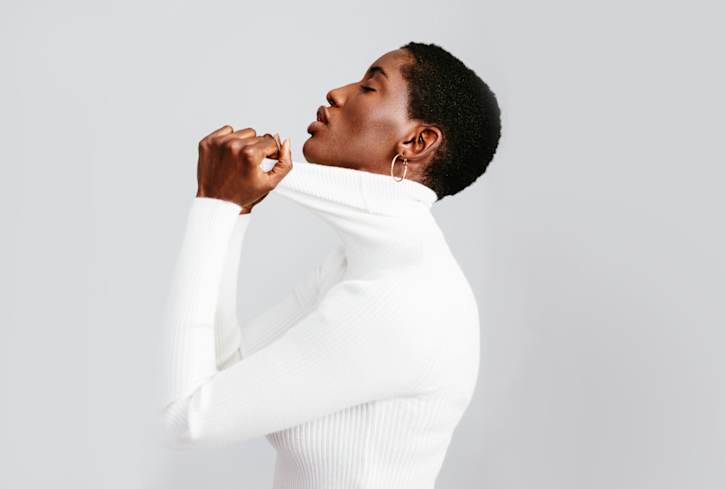Advertisement
Cracking The Code To Better Sleep, Energy, & Focus: The Science Of Circadian Rhythms


If your body had a boss, it would be your circadian rhythm—a 24-hour internal clock that tells you when to wake up, eat, work, and sleep. This invisible metronome doesn’t just influence your sleep schedule; it drives everything from your mood to your metabolism and even your athletic performance. But here’s the catch: modern life often throws this rhythm completely out of sync.
On the mindbodygreen podcast, Lynne Peeples, a Seattle-based journalist, author, and science communicator, dives deep into the science of circadian rhythms and how aligning with them can optimize your health and happiness. Lynne discusses her eye-opening research and shares practical tips for living in harmony with your body’s natural rhythms.
What is the circadian rhythm & why is it important
Your circadian rhythm is essentially your body’s master clock, syncing trillions of tiny timekeepers in your cells to the natural cycles of light and dark. It evolved over millennia to keep us functioning in tandem with the sun’s rise and fall. When it’s properly aligned, your body knows when to digest food, rest, focus, or be active.
But when it’s disrupted—thanks to late-night Netflix binges, irregular sleep schedules, or artificial light—it can throw your body out of sync, leading to poor sleep, low energy, and even chronic health conditions like obesity and diabetes.
How to schedule your day
If you could design your day for peak health and productivity, here’s what it might look like:
- Morning: Wake up naturally without an alarm, and get 15–20 minutes of natural light within the first hour. This signals your body that it’s time to start the day.
- Midday: Schedule your most creative or high-focus work during your natural productivity peak (usually late morning).
- Afternoon: If you’re exercising, figure out when your energy feels best. Some people thrive with morning workouts; others excel in the late afternoon.
- Evening: Avoid bright blue light from screens after sunset, and dim indoor lighting. Constrict eating to 2–3 hours before bedtime to optimize sleep quality.
- Night: Stick to a consistent sleep and wake time—even on weekends.
The 3 C’s for optimizing your circadian rhythm
Lynne’s three foundational rules for optimizing your rhythm are as practical as they are impactful:
- Contrast: Embrace the difference between day and night. Get bright light exposure during the day and dim your environment as much as possible at night.
- Constrict: Keep daytime activities, such as eating and exercising, constricted to the daytime. This helps anchor your body’s internal clock, reinforcing its natural cues for when to be alert and when to wind down.
- Consistency: Stick to a regular sleep-wake schedule. Lynne highlights that consistency may even be more important than sleep duration.
When life gets in the way
What about those of us who can’t follow a perfect circadian routine due to work or travel? Lynne’s got you covered with actionable, science-backed tips to make the most of your situation.
For shift workers, whose irregular schedules often clash with natural rhythms, small adjustments can make a big difference. Eating meals during daylight hours and avoiding heavy foods before sleeping can support your body’s metabolic processes. Creating a sleep-friendly environment with warm, dim lighting can help mimic the cues of nighttime, signaling your body to rest.
If jet lag has you out of sync, the key is to adapt quickly to your destination’s schedule. Spending time outside and aligning your exposure to natural light with the local day-night cycle can help recalibrate your internal clock. Similarly, eating meals according to the new time zone supports your body’s transition, easing the adjustment period.
The takeaway
Optimizing your circadian rhythm doesn’t require an overhaul of your life—just small, intentional adjustments. Whether it’s soaking up the morning sun, keeping a consistent sleep schedule, or timing your meals wisely, these habits can ripple into profound improvements in your health and happiness. So start today, and let your body’s natural rhythms work their magic.


















